
Erika Dubñanská
participated as a University student
“I learned that combining creativity, knowledge, and skills can create something extraordinary. Thanks to our work in MyMachine, children can feel like great inventors, and adults can nostalgically return to their childhoods. Such small but significant things in our lives matter!
In MyMachine, I enjoyed talking to children the most, who, as we all know, often ask difficult questions. As one of the main ideas of MyMachine is to connect and teach different generations to work together, students should be open to such opportunities that allow cooperation and individual development.”
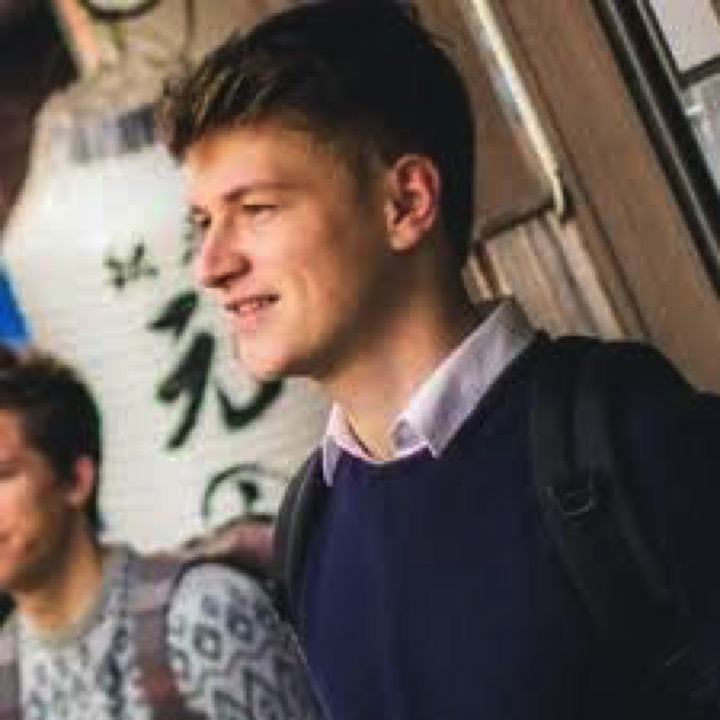
Arne Warlop
participated as a Primary School Student and university student
“I was a 12-year-old in my last Elementary School year seven years ago. Out of the blue, a group of university engineering students entered and said they would try to make a working prototype of any Dream Machine we could develop. I was amazed.
That very moment was very decisive in my life. I just knew, right there, right on the spot, what I wanted to do later in life. I wanted to become an engineer, a product design engineer.
As I was participating in MyMachine as a young kid, I saw how these university students performed design iterations to close in on the final design solution for the dream machine. I was thrilled to see and learn about the engineering behind it all.
One year ago, I enrolled at the university to become an industrial product designer. MyMachine taught me to appreciate what we now call STEM/STEAM skills and made me realise that this would be my future. Today, I’m thrilled to participate in MyMachine for the second time. This time, as a university student. I hope to inspire other girls and boys to acknowledge their dreams and discover their talents.”

Fernanda Bernardino
Director Special Education CentrE ‘Centro de Educação Especial Rainha D. Leonor’
“It is with great pleasure and pride that our school participates in MyMachine. The cooperation between all students creates an innovative space for sharing knowledge, crucial to fostering everyone’s love of learning.
The involvement of students of all ages and disciplines undoubtedly contributes to mutual respect and constructing a more inclusive society!”

FERDINAND DE MEEÛS D’ARGENTEUIL AND MAXIME COUTELIER
participated as University Students

Arne Derez
participated as a Vocational/Technical Secondary Student
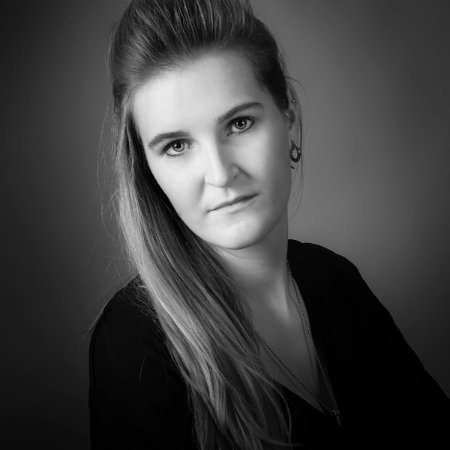
Magali Veramme
participated as a University student
“When we walked out of the elementary class at the end of step one in the MyMachine methodology, we received the assignment of creating a First-Aid-Kit-For-Sculpting-Castles-In-The-Sand. We designed a great tool just for that.
Fast forward to my graduation, when I started applying for jobs in different companies. Ultimately, the company that hired me chose me above other candidates because of my experience with MyMachine. This company already knew about MyMachine and explained that I would qualify for the job because I could deal with such a challenging endeavour to create ‘Dream Machines’ invented by young children.
This company is globally active in stage design for entertainment artists. In retrospect, I now refer to my first job as “MyMachine Extra-Large”. I am now part of a team that designs stages for events like the Olympics, FIFA Women’s World Cup, and the world tours of artists like Madonna, Coldplay, Muse, Jon Bon Jovi, The Who, The Rolling Stones, etc. As these production teams request high-end designs, the challenge for us goes beyond meeting these specifications. The extra layer of complexity is that any stage created needs to be able to fold back into trucks to travel worldwide. In short, my job now entails listening to a strict, very demanding customer and making it happen. Yes, precisely like MyMachine!”

Vitor Lapa
Director CENFIM – Vocational Training Center for Metallurgical and Metalworking Industry
“MyMachine is an exciting and challenging project for CENFIM, as it presents us with technical situations that, due to their uniqueness, force us to find solutions that are beyond our day-to-day operations.
MyMachine stimulates the imagination and creativity of children (primary school students) and establishes unique connections between the various partner schools and their respective levels of education.
The final expo, when the elaborated prototypes are presented to their creators, is extremely gratifying! The children’s joy and amazement at seeing that it was possible to make their Dream Machines come true leaves no one indifferent and makes us understand that MyMachine is highly enriching for everyone.
Congratulations to MyMachine for providing this experience and joy to so many children and young people.”
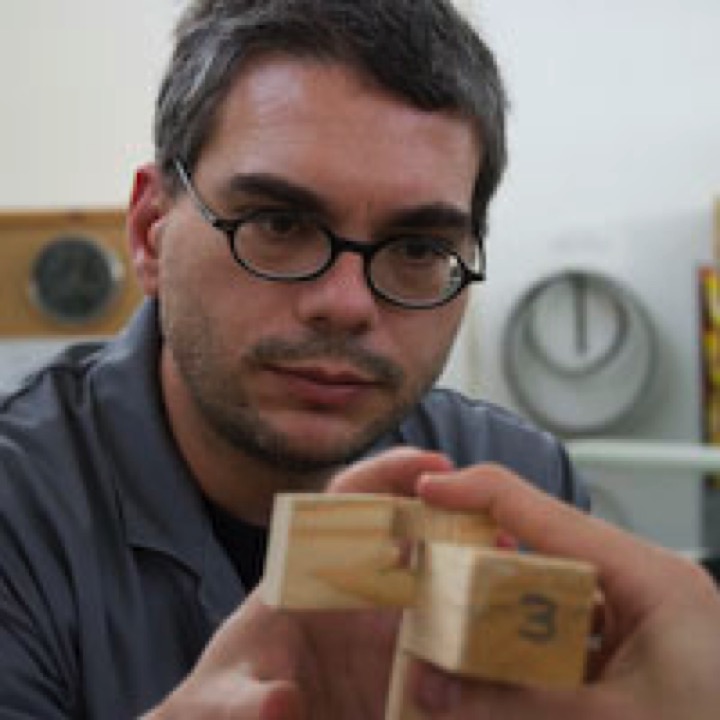
Sergio GONÇALVES
PARTICIPATED as a University professor
“Working with children is always a ‘terrible’ challenge to a designer. Children are (more) creative (than we are), and they wish to have things just as we do. Contrary to us adults, they’re more accessible, honest and truthful, as the filters that restrain our thoughts, words and acts do not exist in their world. And they always beat us because they’re the ones who are right: there is no reason not to build a machine-to-scare-evil-ghosts or add certain playful randomness to the moment of announcing homework – transforming it with the singular goal of altering it into having fun!
It wasn’t always easy to materialise the ideas from these kids, but the end note is always the same: if you can dream it, you should be able to bring it to life! And, in the end, we realised that if we – the adults – could have groundbreaking ideas like children have more often, candidly centred on solving real everyday problems, maybe we all would live a bit better. In reality, we, the adults participating in MyMachine (university students, teachers, professionals), were the true apprentices in this adventure.
My students at my faculty (at the Caldas da Rainha College of Arts and Design) and we as professors learned, laughed, had fun, worked hard, and teamed up with people we didn’t know previously but could contribute to achieving a common goal. What else could we ask for? The children have made this regain of sheer honesty possible, making us all a little better.”

Karin KOLESÁROVÁ
participated as a University student
“I like connecting textbook knowledge with practice, and I’m always on the lookout for exciting opportunities that will help me develop my portfolio and overall mindset when designing projects. In MyMachine, I learned to work together and understand that there are unlimited possibilities when working in a positive atmosphere. As a product design student, I had the opportunity to collaborate with engineering students in our team. This interdisciplinary collaboration has been unique!“

Tibor ĎURIŠ
participated as a University student
“For us, students of design, the MyMachine assignment created an opportunity to collaborate and design for the most demanding clients: children. Although we did not interfere with the invention in the IDEA phase, its completion for the manufacturing phase for a secondary school was a marvellous challenge left to us.
I appreciate the opportunity to cooperate with children and collaborate with colleagues in the field, with whom we managed to transform children’s ideas into a concept and, in the end, a working prototype. We do not participate in similar cooperative projects at school, so I deem it a great teamwork experience.”
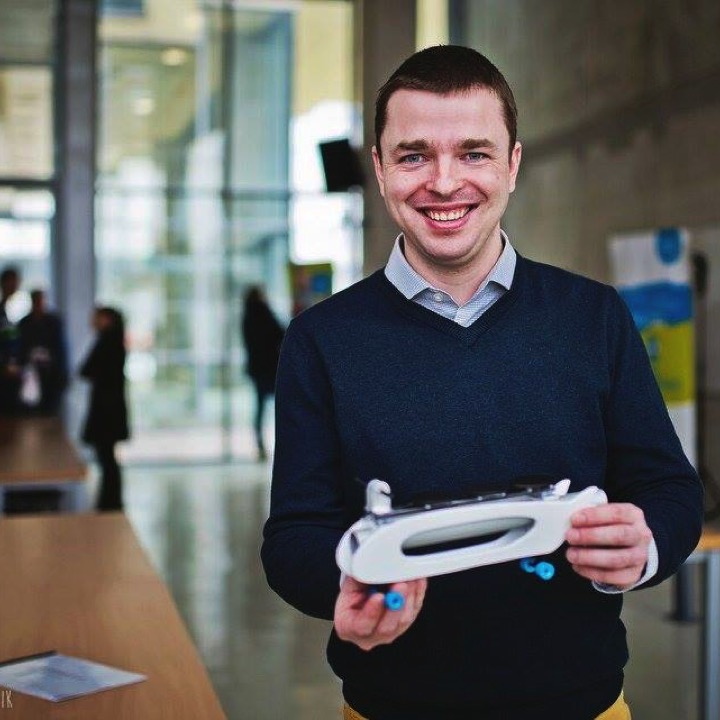
Viktor javorek
participated as a University student
“It is a pleasant, almost Buddha-like atmosphere in the air, pumped with pure curiosity. Two dozen pairs of bright eyes closely watch us with expectations of what will happen. I am looking at each of those small future inventors, trying to estimate how many inventions they will come up with today. So, we get started. We are explaining our studies and professions, trying to speak the language they understand. It was not easy initially, but as the MyMachine process evolved, we all grew into it.
In the real world, as a designer, I have to listen very carefully to my customers. My job is to find a solution and convert it into a producible and visually attractive product. In the world of MyMachine, every child is our customer. Children are free and without any knowledge of physical and technological constraints. For this reason, they demand the most’ typical’ characteristics, like flying, invisibility, and antigravity…all at once. It gives us the idea that the small task-maker is the most demanding customer ever. Add to this, the available budget is ‘somewhat lower’ than what, let’s say, NASA would assign.
Well, it’s up to us to tackle this situation. We went into the elementary classroom to have the children invent new Dream Machines. Now, we have to tackle our principles and ideas in our heads far beyond our well-established conformity. This dynamic transmission of energy is beneficial to all of us. Indeed, our creativity gets limited as we get older and more experienced. It’s such a paradox. With all the textbook knowledge we gain, we also get limited in our ability to dream big. Being in college, we tend to forget to use our free and open minds to find solutions. MyMachine helps us to go back to our free minds and creativity. And it brings together people who might not even think of meeting ever.”
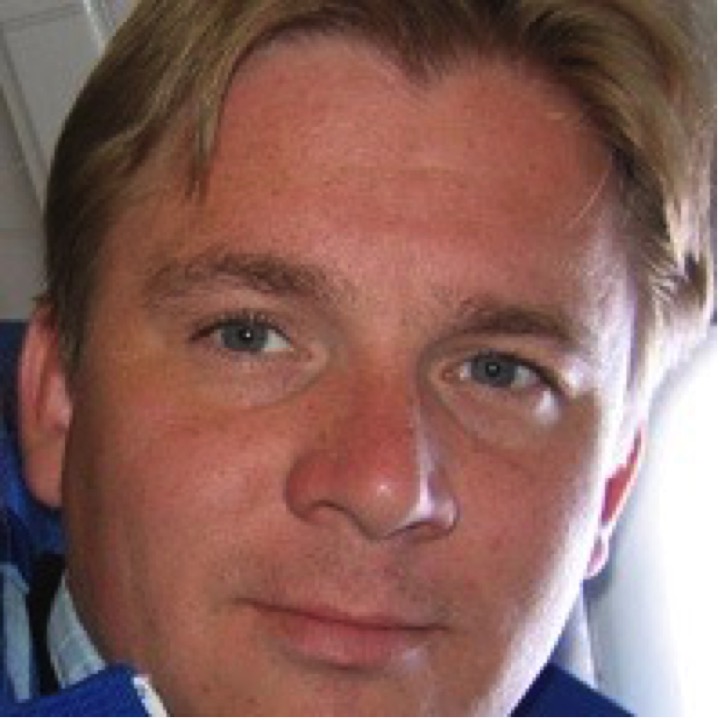
ROnald Bastiaens
participated as a University professor
“Our Industrial Product Design faculty students are enrolled on a creative faculty. When they first come on campus, they think they are clever. They consider creativity a necessary competence for someone who aims to become a designer. And that’s correct, of course.
Nevertheless, we encounter students who could be more creative. One of the first design exercises we give them is designing a new everyday appliance, like a bicycle. When we look at the results, we notice how conditioned their brains are as their designs turn out to confirm how a bike looks, which means that they’ve lost the ability to be creative.
That’s why it’s always an incredible opportunity for them to participate in MyMachine as they learn to appreciate how small children can come up with ideas just like that. The university students learn to be creative again. And on top of that, it’s an authentic assignment that resembles their future jobs. Including budget restraints, customer demands, production facility constraints, and, not to forget, 21st-century skills like communication, collaboration etc. No better way to learn the skills for their future jobs than to participate in MyMachine.”

